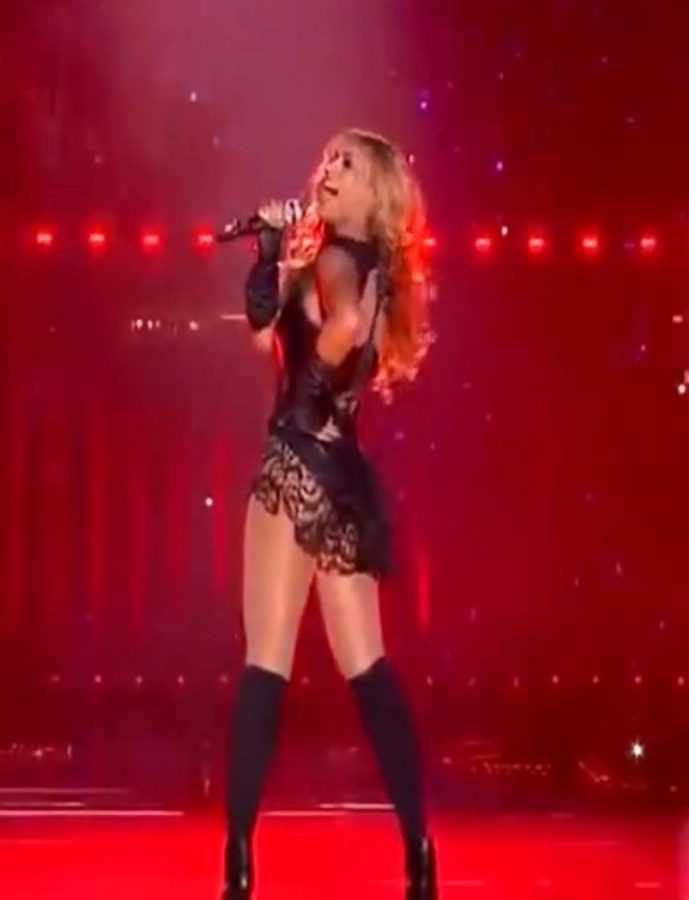Along with ridiculous commercials and emotional Clydesdale stories, the Super Bowl halftime show has become one of the big events to look forward to every first Sunday of February, and over the years, it’s gone through quite a bit of change.
The Super Bowl halftime show is known today for extravagance, amazement and the occasional controversy — apparently Janet Jackson, Justin Timberlake and live television isn’t the best combination. A pop music star of the moment is invited to hold a miniature concert in the middle of a football field on excessively decorated stages, and a warehouse full of fireworks is a guaranteed finale. But midgame entertainment hasn’t always been this way.
The first Super Bowl was held on Jan. 15, 1967 in the Los Angeles Memorial Coliseum with the Kansas City Chiefs slated to play the Green Bay Packers. The game ended with the Packers winning 35-10, and there were just under 62,000 fans in attendance. The game itself has undergone little change over the years, but the halftime show at Super Bowl I would be unrecognizable to those used to today’s shows.
The first Super Bowl featured high school and college bands throughout the game, and the Pride of Arizona marching band had the opportunity to perform the very first halftime show. Jack Lee, the band director at the time, had been good friends with Tommy Walker, the director of entertainment at Disneyland. Walker also happened to be the director of the Super Bowl I halftime show, and since he enjoyed the UA’s marching band, he wanted it to perform in the show.
Alongside the Grambling State University marching band and famous trumpeter Al Hirt, the UA’s musicians, drum line, twirlers and color guard took the field and performed a spectacular show. Shirlee Bertolini, the current twirling team coach, has been involved with the twirling team for over 50 years and performed in the first Super Bowl halftime show.
“It was fantastic,” Bertolini said, “the most wonderful halftime show I’ve ever been involved with.”
The performance was a plethora of classic songs, including “The Sound of Music,” “Bugler’s Holiday” and “Gunfight at the OK Corral.” As they played the songs, twirled their batons or spun their flags, they were creating incredible marching formations that left the Super Bowl’s audience in awe.
“There were two stick figures that the band formed, one on one side of the field and one on the other side,” Bertolini said.
“They came together and kicked two huge footballs and out of the footballs were two astronauts that shot into the air.”
The band formed the Liberty Bell, complete with the iconic crack and a map of the U.S., while a Southern California chorus sang, “This Is My Country.” And at the close of the show, instead of fireworks, it let out balloons.
“Nobody [in the band] really knew the magnitude of this performance,” Bertolini said. “We didn’t realize how big an impact this had.”
For a little over 20 years, college marching bands continued to be a part of the Super Bowl halftime shows. Although other musicians performed alongside them, the spotlight was still on the bands and the tradition was kept alive until Super Bowl XXV in 1991. Although a handful of high school and college bands had small contributions to the occasional halftime show since then, the true marching band performance has yet to grace the Super Bowl stage again. In today’s day and age, one or two popular musical acts take the stage for half an hour, giving a sort of miniature concert of all their songs that everyone heard on the radio earlier that day. From Michael Jackson to U2 to Katy Perry, the focus has been completely shifted in the last 20-plus years.
A lot has changed over the years when it comes to the Super Bowl halftime show, whether you favor the traditional marching band fare or the showy pop culture phenomenon it is today. There is one fact that is undeniable, however: The UA marching band will always hold a special place in halftime show history.
_______________
Follow Victoria Pereira on Twitter.









